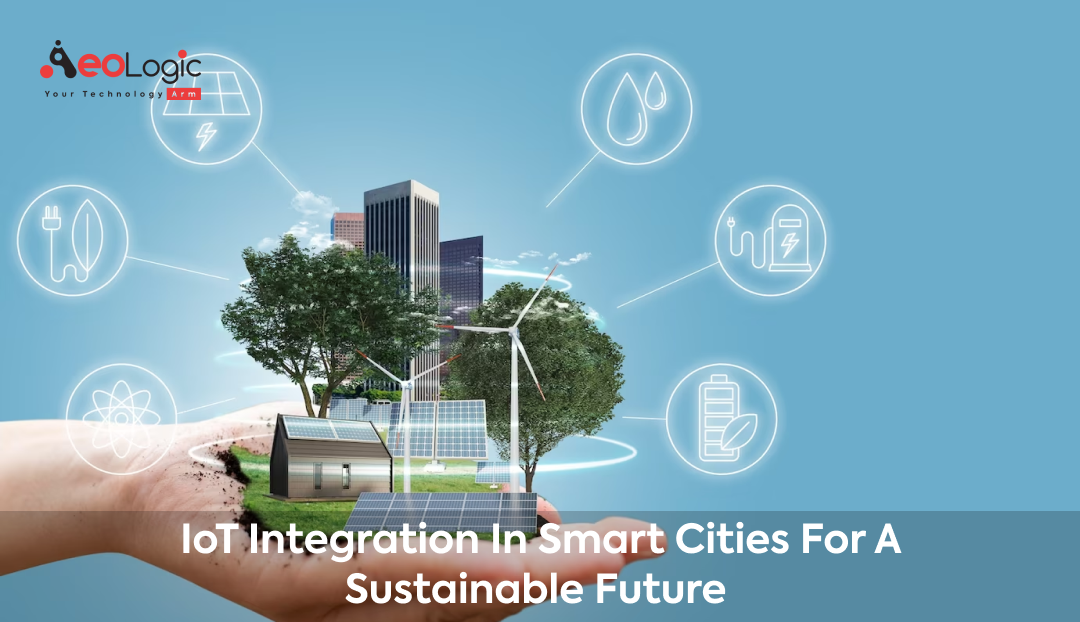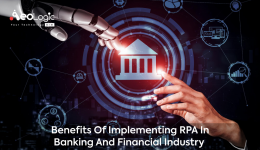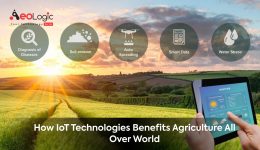In today’s rapidly evolving world, the concept of IoT integration in smart cities is becoming increasingly significant. A smart city uses digital technology to enhance performance and well-being, reduce costs and resource consumption, and engage more effectively and actively with its citizens. Central to this idea is the integration of the Internet of Things (IoT), where everyday objects are connected to the internet to collect and exchange data.
What are Smart Cities?
A smart city is a place where technology and information are used to make life better for people who live there. It aims to be more sustainable, use resources wisely, and make city services run smoothly. Smart cities use Internet of Things (IoT) devices and networks to gather and study data from many different places. This helps them make smart choices and offer better services.
Cities are growing and facing more problems with things like more people living there, managing resources, and being sustainable. This has led to the idea of ‘smart cities’. Smart cities use technology and data to make cities that are smart, connected, and good for the environment.
One of the main technologies that make these smart cities possible is the Internet of Things (IoT). In this blog, we’re going to talk about what smart cities are and why they’re important. We’ll also look at how IoT is really important in helping cities develop.
Also Read: Future of Patient Care With IoT Healthcare Solutions
The Role of IoT in Urban Development
In the realm of urban development, the integration of IoT technologies is revolutionizing how cities operate and evolve. This section explores how IoT is reshaping urban infrastructure, enhancing public services, and contributing to the creation of sustainable, smart urban environments.
1) Enhancing Urban Infrastructure
IoT Integration in Smart Cities plays a crucial role in enhancing urban infrastructure. By embedding sensors and using analytics, cities can become more adaptive and responsive. Traffic lights can adjust in real-time to traffic conditions, waste management can be optimized through smart sensors in bins, and water supply systems can be monitored for leaks and quality assurance.
2) Streamlining Public Transportation Systems
IoT Integration in Smart Cities significantly streamlines public transportation systems. By leveraging IoT devices, cities can monitor and manage public transport in real-time. This includes tracking bus and train locations, predicting arrival times more accurately, and providing this information to commuters through apps and digital displays.
Furthermore, data collected from these IoT devices can be used to optimize routes and schedules, making public transportation more efficient and user-friendly.
3) Enhancing Energy Efficiency
Another pivotal role of IoT in urban development is enhancing energy efficiency. Smart grids, integrated with IoT technologies, enable more efficient distribution and use of electricity in urban areas. These smart grids can balance the load and reduce energy wastage by dynamically adjusting the supply based on real-time demand.
Additionally, IoT sensors in buildings can help in monitoring energy usage, detecting inefficiencies, and automating systems like heating, ventilation, and air conditioning for optimal performance. This not only reduces the carbon footprint of cities but also cuts down on operational costs.
4) Improving Public Safety and Services
Another aspect where IoT Integration in Smart Cities shines is in public safety and services. For instance, smart streetlights can adjust brightness based on the presence of pedestrians, reducing energy consumption and enhancing safety. In emergencies, IoT devices can provide real-time data to responders, thereby improving the efficiency of rescue operations.
5) Fostering Sustainable Urban Environments
IoT technology aids in creating sustainable urban environments. Sensors monitoring air and water quality can provide essential data to address environmental concerns. Smart buildings using IoT for controlling lighting and heating can significantly reduce energy consumption.
Also Read: Optimizing Business Operations with IoT Solutions
Challenges and Solutions in IoT Integration
In the journey towards smart urban development, the integration of IoT presents both remarkable opportunities and formidable challenges. This section delves into the key obstacles and the innovative solutions essential for successful IoT integration in smart cities.
Addressing Privacy and Security Concerns
As we increase our reliance on IoT, concerns around privacy and security emerge. Cities adopting IoT must ensure robust security protocols to protect citizen data and prevent cyber-attacks. This involves regular security updates and public awareness about data privacy.
Overcoming Technological and Financial Hurdles
Implementing IoT solutions often comes with technological and financial challenges. Cities need to invest in robust IT infrastructure and ensure interoperability between different IoT systems. Additionally, finding the funds for these investments requires innovative financing solutions, possibly through public-private partnerships.
Ensuring Scalability and Flexibility of IoT Systems
As cities grow and evolve, the IoT systems must be scalable and flexible to adapt to changing needs. This means designing systems that can be easily upgraded and expanded without significant overhauls. Solutions include using modular designs and cloud-based platforms that allow for easy integration of new technologies and increased data handling capabilities.
Also Read: Role of Internet of Things (IoT) in the FMCG Industry
Managing Data Overload and Ensuring Effective Use
The influx of data from myriad IoT devices can lead to information overload, making it challenging to extract meaningful insights. Cities must develop strategies for effective data management and analysis. This involves investing in advanced data analytics tools, training personnel in data science skills, and establishing clear protocols for data usage and sharing to maximize the benefits of IoT integration in smart cities.
Future Trends in IoT and Smart Cities
As we look towards the horizon of urban development, the fusion of IoT and Smart Cities is poised to unlock groundbreaking possibilities. This section delves into the exciting future trends that are set to redefine how we live, work, and interact in our urban spaces.
Advancements in AI and Machine Learning
The future of IoT Integration in Smart Cities lies in the advancement of AI and machine learning. These technologies can analyze the vast amounts of data generated by IoT devices to predict and solve urban challenges proactively.
Integration of IoT with Renewable Energy Sources
A significant future trend in IoT Integration in Smart Cities is the incorporation of IoT with renewable energy sources. As cities move towards sustainability, the use of IoT to monitor and manage renewable energy sources like solar panels and wind turbines becomes essential.
IoT devices can optimize energy production, distribution, and consumption, ensuring that renewable resources are used efficiently. This integration not only supports environmental sustainability but also reduces operational costs and promotes energy independence.
Enhanced Urban Mobility with IoT
Another emerging trend is the enhancement of urban mobility through IoT. Smart transportation systems, powered by IoT, are set to revolutionize how people commute within a city. This includes the integration of IoT in public transport systems to provide real-time updates, traffic condition monitoring, and predictive maintenance of vehicles.
IoT can facilitate the development of autonomous vehicles and smart parking solutions, further streamlining urban transportation and reducing congestion, leading to more livable and accessible cities.
The Rise of Smart Citizen Engagement
Another trend is the rise of smart citizen engagement. IoT can be used to create platforms where citizens can easily report issues, provide feedback, and engage with city management, fostering a more inclusive urban community.
Boost your business with our IoT Solutions
Final Words
IoT Integration in Smart Cities is not just a technological upgrade; it’s a step toward a more sustainable, efficient, and inclusive urban future. As cities continue to grow, integrating IoT smartly and responsibly will be crucial in addressing the complex challenges of urban living.
For innovative solutions in harnessing the power of IoT in your smart city projects, connect with Aeologic Technologies, your partner in crafting a sustainable and technologically advanced urban future.








